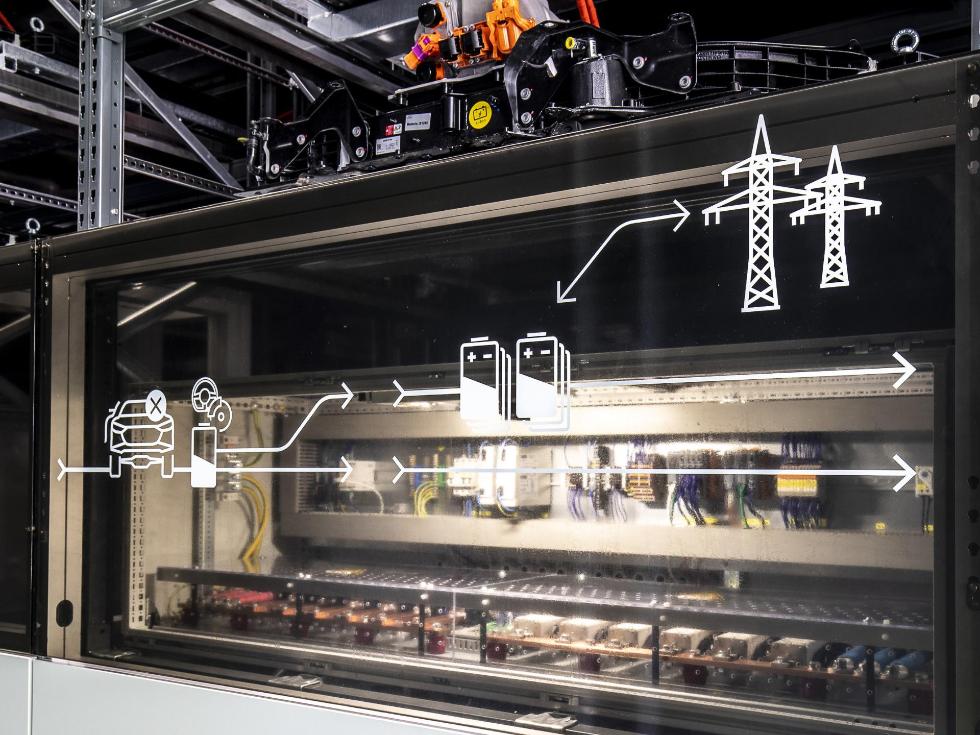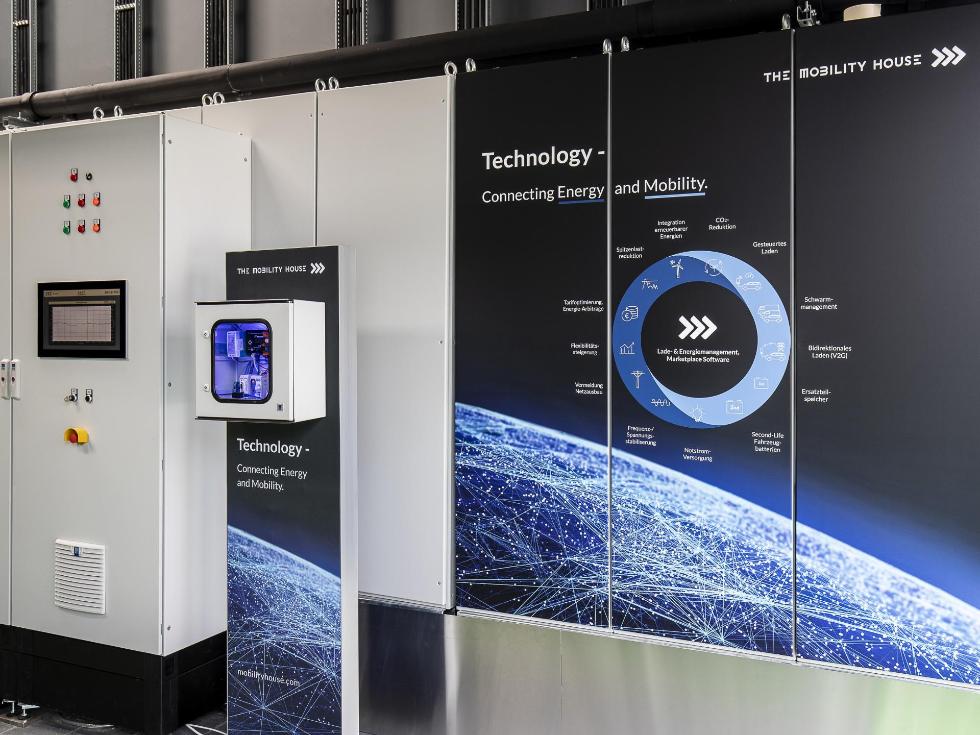A “smart� network for sustainable mobility
Audi is investigating potential interaction scenarios between zero emission cars and the power grid with an innovative project incorporating used batteries from e-vehicles.
Audi has inaugurated the largest energy storage unit in Germany on the EUREF Campus in Berlin. The storage unit has a total capacity of 1.9 MWh and uses lithium-ion batteries from development vehicles to test all possible interaction scenarios between electric cars and the power grid, with the goal of promoting the development of the so-called “smart grids”.
The “smart grids”

A “smart grid”, which is connected to power stations, buildings, industry, homes, offices and cars, is able to use the battery packs of each individual vehicle to counteract peak demands or to store any excess electricity generated, making cars an active part of the system. This role will, in the near future, be decisive to the spread of e-mobility and to reach Audi‘s e-mobility goals. If 10% of cars in Germany were electric, this would correspond to a total capacity of almost 200 GWh. The connection to an intelligent network would mean maximising the use of renewable energy sources, such as wind or solar power, which cannot be switched on and off to meet demand.
The energy storage unit

The storage unit in Berlin covers an area of around 110 square meters (1,184.0 sq ft) and is connected to Berlin’s medium-voltage power grid with one megawatt of power, which corresponds to the average charging requirement of around 200 electric cars. Its total capacity could supply the entire 5.5-hectare campus with electricity independently for just under two hours, if necessary.
Supporting the rapid-charging stations (with up to 17 kW) in the immediate vicinity is a further use case. Berlin is the ideal location for this kind of experiment, as a large portion of renewable energies is produced around the urban area. The goal of the pilot project is to show how a storage unit like the one on EUREF Campus can absorb peaks in production, preventing the need to take wind turbines off the grid in the event that their production exceeds the grid’s ability to absorb this power.
A second life
The experience gained through this project will be useful for Audi’s engineers also to collect data on reusing battery packs from electric cars once they reach the end of their lives. This is an important possibility for maximising the use of lithium ion batteries, which gradually lose their efficiency as time passes. The performance required for stationary use is, indeed, less demanding than the one necessary for electric vehicles.
Source: Volkswagen AG
